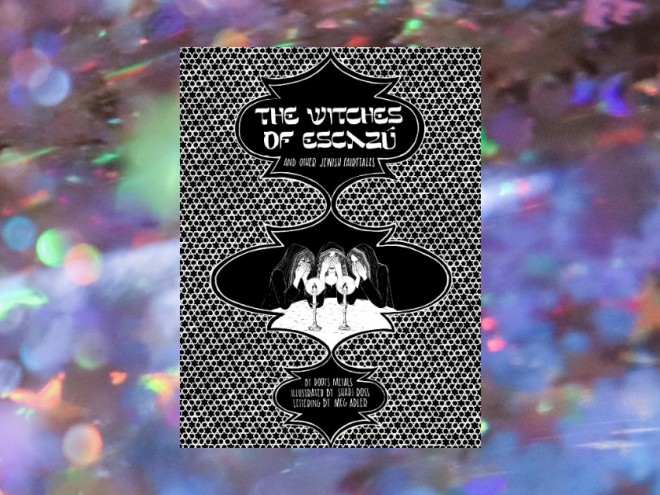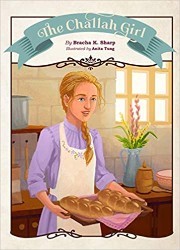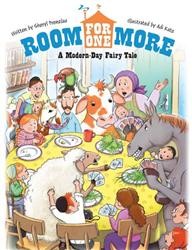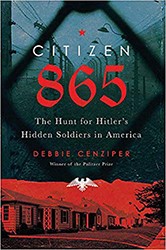The midrashic story of Kamtza and Bar Kamtza is a traditional Jewish morality tale used to illustrate the principle of baseless hatred, considered so egregious and widespread in the latter days of the Jerusalem Temple, that it was thought to be the source of the Temple’s destruction in 70 CE.
Lenny and Benny, by Naama Benziman, is an updated version of this tale. The story takes place in a pristine forest populated only by wildlife, where envy, revenge, and betrayal continue to exist. Lenny is a champion jumper, acknowledged by forest friends as the very best. His friend Benny admires Lenny’s prowess and asks whether he will teach him the finer points of jumping high. Lenny is glad to help. That is, until the day that the student’s skills exceed those of the teacher and Benny becomes the new very best jumper of all. Accusations of cheating fly. Benny knows Lenny is upset with him and tries to make amends, but Lenny will not be mollified. Their friendship gives way to enmity, and it seems that it cannot be repaired.
Sometime later, Benny throws a lavish birthday party and invites all the forest folk, except for Lenny, but the postman accidentally delivers an invitation to Lenny’s home. Hoping the feud is over, Lenny goes to the party, but is denied admission by a still angry Benny. Later that year, Benny discovers the gift and conciliatory drawing Lenny left when he was turned away from the party, and he is reminded of the wonderful times they shared. Peace and friendship are restored.
In contrast to Lenny and Benny’s happy ending, the story of Kamtza and Bar Kamtza ends on a tragic note, with no peaceful resolution. Benziman includes a summary of the traditional story and a note reminding the reader about the value of kindness, with tips on how to handle anger. The reader leaves knowing that a happier ending is not only possible, but is achievable through action. The lesson is gently told, with no didactic overtones, and Benziman’s seemingly simple line drawings are teeming with detail far more complex than is evident at first glance, using color to clearly differentiate the characters.
Overall, Lenny and Benny tells an important story for each succeeding generation to internalize and act upon. It would be of great use in both classroom discussions and in family settings, making this charming new version of an ancient tale highly recommended.
Michal Hoschander Malen is the editor of Jewish Book Council’s young adult and children’s book reviews. A former librarian, she has lectured on topics relating to literacy, run book clubs, and loves to read aloud to her grandchildren.





